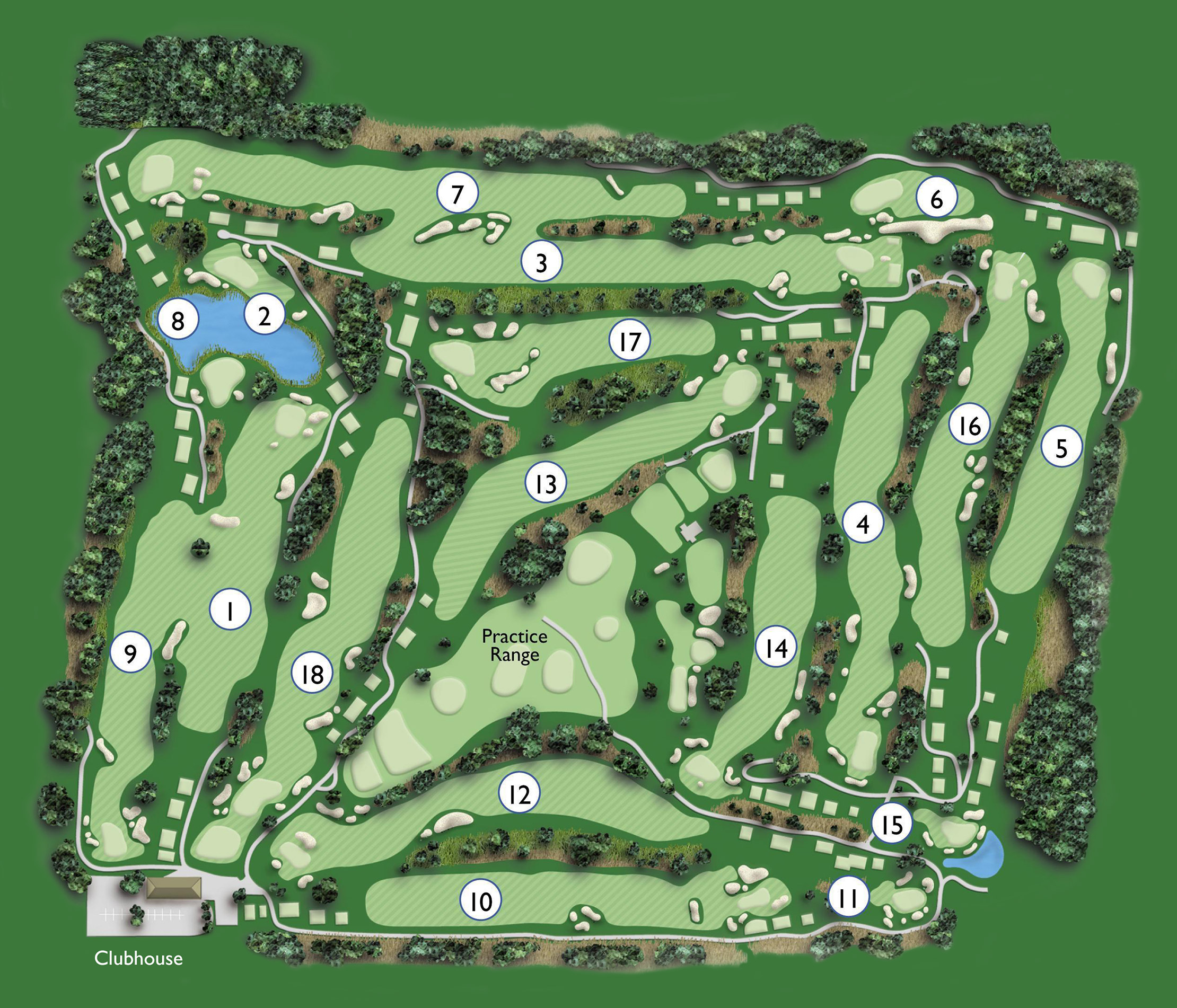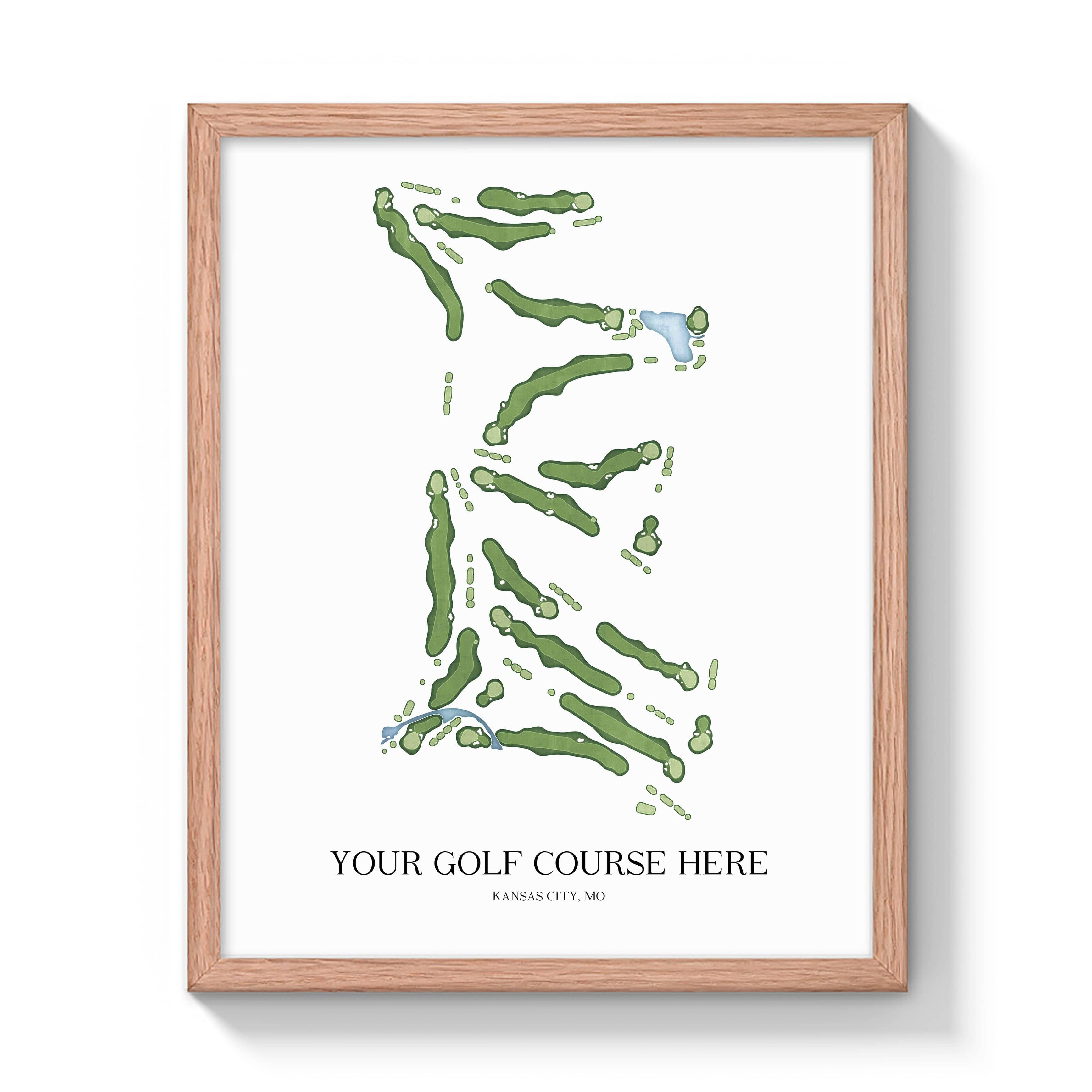A Comprehensive Guide to golf Course Maps
Golf course maps are essential tools for navigating the course and developing a successful strategy. They provide a visual representation of the layout, highlighting key features such as:
Hole Numbers: Clearly marked to guide players through the course in the correct order.

Modern golf course maps often go beyond the essentials, offering valuable information to enhance the playing experience:
Distance to Landmarks
Many maps include distances to prominent landmarks on the course, such as bunkers, trees, and doglegs. This helps players visualize their shot and make informed club selection decisions.
Elevation Changes
Some maps incorporate elevation information, indicating uphill and downhill lies. This is crucial for accurate club selection, especially on challenging holes with significant elevation changes.
Green Contour Maps
Detailed green contour maps provide a visual representation of the putting surface’s slope. This allows players to anticipate the ball’s movement and plan their putts accordingly.
Flyover Views

Many modern maps include aerial or flyover views of the course. These provide a broader perspective, helping players understand the overall layout and strategic challenges.
Digital Maps and GPS Technology
The advent of digital technology has revolutionized golf course mapping. GPS-enabled devices and mobile apps provide real-time information, including:
Accurate Yardages: Distances to the front, center, and back of the green, as well as to specific hazards.
To maximize the benefits of a golf course map, golfers should:
Study the Map Beforehand
Familiarize yourself with the course layout, identify potential hazards, and plan your strategy before teeing off.
Use the Map Strategically During Play
Refer to the map frequently to assess your position, determine club selection, and plan your approach shots.
Consider Wind Conditions
Wind can significantly impact shot trajectory. Adjust your club selection and aim accordingly based on wind direction and strength.
Practice Reading Green Contour Maps
Develop your ability to interpret green contour maps to improve your putting accuracy.
Golf course maps are invaluable resources for golfers of all skill levels. By understanding the information they provide and utilizing them effectively, players can enhance their enjoyment and improve their performance on the course.



